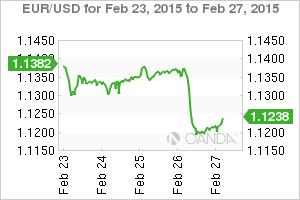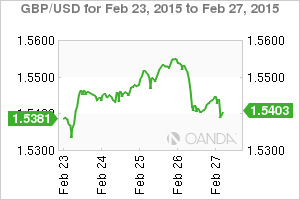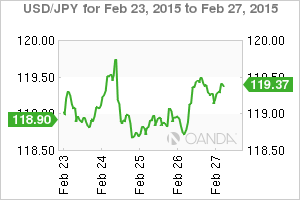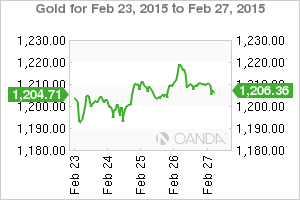Fed sticks to lower for longer
U.S CPI an excuse to buy more dollars
Fed September hike fully priced in
Central Banks rate announcements dominate proceedings
As to be expected, the Fed dominated this past week. Although the markets did not get the anticipated price moves when Yellen was giving her testimony on the ‘hill’, that came on the back of Thursday’s U.S CPI, she has certainly been able to keep market guessing on the timing of rate lift off in the U.S.
The Fed Chair did not give the hawks what they were expecting, but on the other hand she was not overtly dovish either. Like any good Central Banker she was extremely “vague and ambiguous” enough to keep markets guessing on when the Fed will move and what the move will be. The Fed bar remains at the “lower for longer” even while a June lift-off remains on the cards.
That being said, nothing appears to have startled U.S policy makers off the trail to rate normalization. During her testimony Yellen struck a more upbeat tone on labor market conditions and included how the forward guidance will be amended. Everything is data dependent, and next week’s non-farm payroll numbers will again be expected to play a major role.
U.S CPI woke Capital Markets from Inertia
On Thursday, U.S CPI inflation reading for January fell into negative territory for the first time in five-years, with the -0.1% decline a big slip from the previous month’s +0.8% reading.
The reading was widely expected, with crude prices being the main culprit. The core reading, which strips out energy prices, remains well short of Fed expectations, was unchanged from the prior month at +1.6%, but still healthy. Somewhat offsetting was the U.S durable goods data bouncing back from the very weak showing in December (+2.8% vs. +1.7%), with most components growing strongly.
The market did not have to wait long for a Fed response. Fed moderate Bullard responded to the CPI data by highlighting the core reading. He said the impressive monthly jobs reports would continue and wage growth around +2% is roughly appropriate with where the economy is performing right now, given +1.5% core-CPI and +0.5% productivity growth.
Fed Governor Williams said if data kept coming in as expected, rate hikes could begin as early as this summer. He said that he expects to see U.S unemployment to fall to around +5% by the end of the year (full employment) and sees an increase in the purchasing powers of businesses. In other words, the Fed needs to start removing some accommodation before full employment and +2% inflation.
Normally, longer dated bonds would be the big loser on an upside surprise to core-CPI. However, this week most of the damage has occurred in the short-end with yields on two-year notes rising faster (+0.642% from +0.611%) than their much longer dated counterpart. This would suggest that a June rate hike remains on the table even with Yellen’s highly touting data dependence this week. Fed futures are now pricing in a +33% chance of a +25bps hike in June while a September hike is fully priced in.
The EUR managed to fall off its own cliff in the wake of the U.S CPI data and this despite most of the market wading to the sidelines hoping to wait out month-end activities. Outright, the 19-member single currency fell to a one-month low just under the psychological €1.1200 handle. The USD continues to consolidate its recent strength into the weekend following the US core inflation as the lower European yields are helping to give the greenback an advantage ahead of the formal launch of the ECB’s QE program. The EUR bears remain confident and are now waiting for QE to begin.
On Tap for Next Week
Thrills and spills are very much on the cards for next week. Central Banks rate announcements will dominate the agenda, followed in hot pursuit by next Friday’s U.S non-farm payrolls release. Ms. Yellen and her colleagues spoke positively about the U.S job situation this week. Will U.S employment data back the Fed up?
Like Yellen, Governor Poloz from the BoC did not provide a clear signal about whether the Bank of Canada will again lower interest rates at next week’s policy meeting during a speech this week. He emphasized that last months -25bps cut (on the back of plummeting energy prices) buys time to see how the Canadian economy responds.
The majority assumed it was a slam-dunk that the BoC would be easing again on March 4; however, the possibility of a potential pause has thrown an extra spanner into the Canada’s bear tool kit. The cut last month was aimed at taking out “some insurance” against these risks. Being proactive gives the governor confidence that the Canadian economy will return to capacity by the end of next year. Last months rate cut to +0.75% was the first since 2009. The Governor seems to have stepped away from “transparency” and has become rate “opaque.” The loonie dealers could be in for a wild ride now that the BoC has everyone guessing.
The ECB’s next meeting on March 5 will not match the January 22 meeting in terms of excitement. However, investors may be privy enough to getting some QE direction. The ECB might be in a position to reveal the exact starting date and list of agencies eligible for QE purchases.
The bulk of next week’s excitement will be centered on the U.S job market data. Can the world’s largest economy continue to churn out a strong monthly report? Will the U.S manage to move the unemployment needle towards full-employment?
This article is for general information purposes only. It is not investment advice or a solution to buy or sell securities.
Opinions are the authors — not necessarily OANDA’s, its officers or directors. OANDA’s Terms of Use and Privacy Policy apply. Leveraged trading is high risk and not suitable for all. You could lose all of your deposited funds.
Recommended Content
Editors’ Picks
EUR/USD clings to gains above 1.0750 after US data

EUR/USD manages to hold in positive territory above 1.0750 despite retreating from the fresh multi-week high it set above 1.0800 earlier in the day. The US Dollar struggles to find demand following the weaker-than-expected NFP data.
GBP/USD declines below 1.2550 following NFP-inspired upsurge

GBP/USD struggles to preserve its bullish momentum and trades below 1.2550 in the American session. Earlier in the day, the disappointing April jobs report from the US triggered a USD selloff and allowed the pair to reach multi-week highs above 1.2600.
Gold struggles to hold above $2,300 despite falling US yields

Gold stays on the back foot below $2,300 in the American session on Friday. The benchmark 10-year US Treasury bond yield stays in negative territory below 4.6% after weak US data but the improving risk mood doesn't allow XAU/USD to gain traction.
Bitcoin Weekly Forecast: Should you buy BTC here? Premium

Bitcoin (BTC) price shows signs of a potential reversal but lacks confirmation, which has divided the investor community into two – those who are buying the dips and those who are expecting a further correction.
Week ahead – BoE and RBA decisions headline a calm week

Bank of England meets on Thursday, unlikely to signal rate cuts. Reserve Bank of Australia could maintain a higher-for-longer stance. Elsewhere, Bank of Japan releases summary of opinions.



